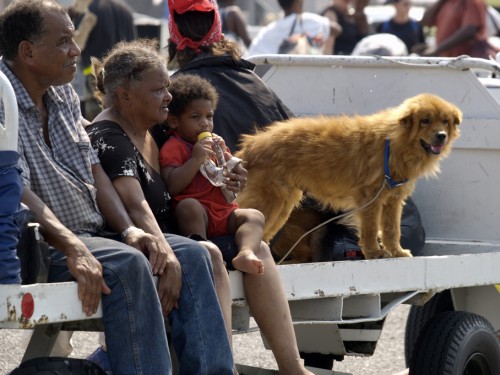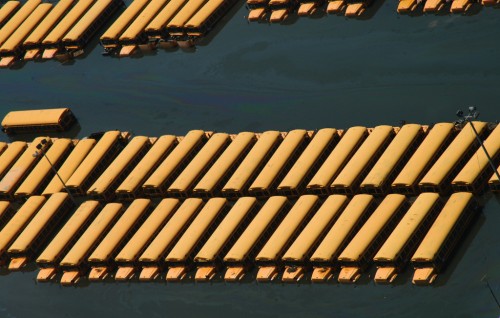On this anniversary of Hurricane Katrina, all of Louisiana is reeling from this month’s floods. A third of the state has been declared a disaster area. Here in New Orleans we were spared, but we are opening our hearts, pocketbooks, and homes to our neighbors. It is in this time of crisis that we remember the day that Katrina devastated the Gulf Coast and side-swiped New Orleans, breaching and breaking the levees.
Was Hurricane Katrina a “Natural” Disaster?
- Profits Over People: The Human Cause of the Katrina Disaster
- An Iconic Image of Government Failure: Empty, Flooded School Buses
Racism and Neglect
- Racial Violence in Algiers Point
- African-American Men and Fear of Violence in the Aftermath
- Hurricane Katrina and the Demographics of Death
- The Fate of Prisoners During Hurricane Katrina
Disaster and Discourse
Devastation and Rebuilding
- Slow Recovery on the Gulf Coast (pre-oil spill)
- Population Recovery in New Orleans
- Rebuilding in the Lower 9th Ward (pictured)






